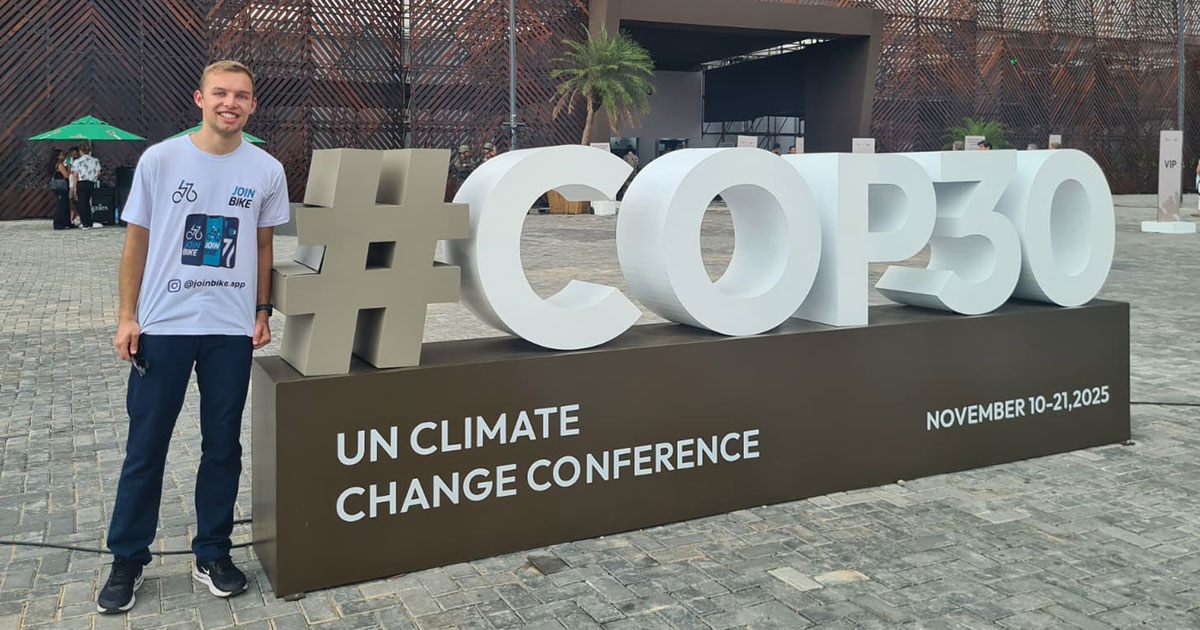Skip the Small Talk—Use This Powerful Tool to Build Meaningful Relationships and Create Lasting Change

There are two ways I can introduce myself.
I could give you the LinkedIn version: For the past 15 years, I’ve been the founding executive director of Babson College’s Institute for Social Innovation, which amplifies the mission to educate entrepreneurial leaders to create social and economic value simultaneously. A leader in corporate social responsibility and social innovation, I co-authored the book Creating Social Value: A Guide for Leaders and Change Makers, which is just as relevant today as it was when first published a decade ago.
Editor’s note: This article first appeared in Entrepreneur magazine.
Or, I could tell you a different story: I grew up in an activist household where challenging the status quo was a serious sport for my family. If something mattered, you didn’t just talk about it—you did something about it. I saw the impact their work had on people and communities firsthand, and I knew from a young age that I wanted to have that same impact. Fifteen years ago, I started the Institute for Social Innovation with no road map. I only had a vision for a place where students could unapologetically challenge the changing role of business in creating a more just, equitable and sustainable world.
The first version tells you what I do. But the second one starts to tell you why I do what I do. And that is the power of Marshall Ganz’s concept of public narrative, a framework typically used by community organizers.
I was first introduced to public narrative during Jennifer McCrea’s exponential fundraising course. Until then, I had been deeply entrenched in my work, committed to creating economic and social value, but I hadn’t yet fully reflected on the “why” behind what I did. The moment of realization came when I was asked to share my story of self—not just the strategies I was working on or the mission of my institution, but the story of how I arrived at this point in my career and life.
I’ve come to believe that the key to meaningful change lies at the intersection of entrepreneurial leadership and relational design. It’s not just about innovation or disruption for the sake of it. It’s about finding what you care about, recognizing the opportunity to address it and mobilizing others to join you in that effort. It’s about weaving together your values, your story and your actions to create something greater than yourself.
Public narrative, particularly the story of self, is a powerful tool in this process. It encourages us to reflect on the experiences and values that have shaped who we are and why we do what we do. By sharing our personal stories, we move beyond titles or job descriptions. We connect on a more profound level.
Skip the Bio—Share Your Why
I’ve seen this power in action time and time again, most recently at the Nonprofit Entrepreneurial Leadership certificate program that I’ve led for the grantees of the Arthur M. Blank Foundation for the past seven years. There, I witnessed individuals from vastly different backgrounds—tribal communities, Black leaders, philanthropists, refugee educators—all come together and share their stories of self. Name tags didn’t matter anymore. What mattered was the shared understanding of what called them to their work and what they hoped to achieve.
It’s a transformative experience to witness people shift from talking about what they do to why they do it. And it’s in that shift that relationships are built, partnerships are formed and change begins to take shape.
Skip the Pitch—Ask Their Why
Enrolling others in your idea is a crucial key to success for any entrepreneurial leader. Many young entrepreneurs think enrolling others means wooing customers, gaining followers and securing funders. They focus on crafting the perfect pitch.
The problem is that can lead to transactional relationships. It can narrow the aperture too much, leaving innovative opportunities on the table.
In fact, I never pitch. When I meet with potential partners and funders, I don’t prepare what I want to tell them but what I want to ask them. I research the leader and their organization. I read their articles. I pay attention to how they talk about their values and how they put those values into action.
I remember meeting with one potential partner. In my research, I became intrigued by how sustainability is in his company’s DNA. I didn’t start by pitching the institute. Instead, I began by asking why I hadn’t heard about his company before, despite its impressive mission-driven work. That question opened the door to a deeper conversation, one rooted in shared values. He admitted that his company’s biggest challenge was visibility, and from there, we began exploring ways to collaborate. This wasn’t about jumping into a partnership for the sake of it. It was about building a relationship, identifying shared values and finding ways to create meaningful change together for both our stakeholders.
When you begin with your “why,” everything else—strategy, partnerships, actions—falls into place. It’s not just the soft stuff. It’s the power stuff. It’s what drives you, keeps you grounded and helps you make an impact.
Bottom Line
At the core of entrepreneurial leadership is this intersection between values and action. Whether you’re trying to address equity, climate change or public health, the opportunity for innovation lies in approaching these challenges through the lens of what you and your stakeholders care about most. It’s not just about developing new products or services, but about rethinking how to use resources and relationships in new and different ways.
That’s where bold ideas and transformative partnerships take root. When you’re clear about what matters to you—and why—you can mobilize others, build meaningful relationships and ultimately, create lasting change.
Cheryl Kiser is the founding executive director of the Institute for Social Innovation at Babson College and the Babson Social Innovation Lab. She also co-designed and led the first executive certificate under Babson’s Arthur M. Blank School for Entrepreneurial Leadership.
Posted in Insights





